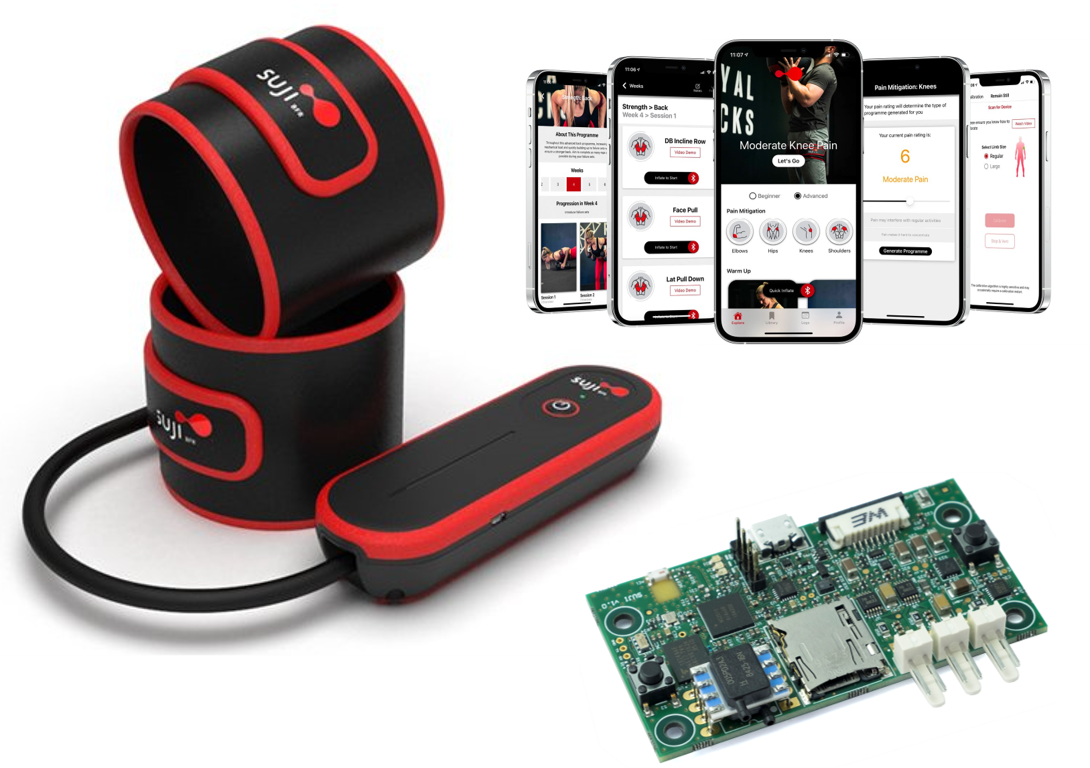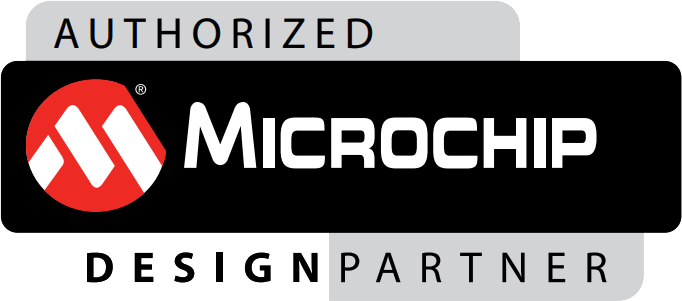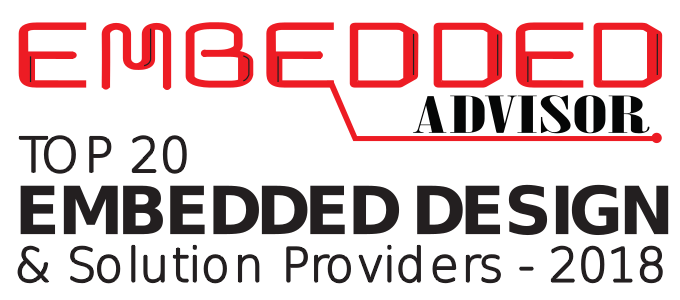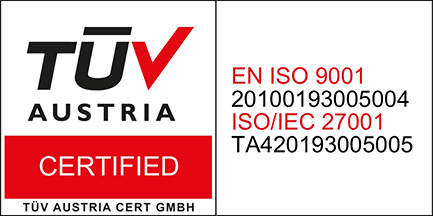
How we helped a sports startup to reduce development cost and accelerate time to market by 3X
The start-up from the UK, saw a fantastic opportunity on the market. The idea was to develop an electronic product, that will be used to help athletes with injury history to manage exercise and:
- Reduce risk of re-injury
- Reduce joint and muscle soreness
- Improve muscle performance
They had already completed the proof-of-concept phase and now were looking to develop the full product. They got significant interest from professional sports organizations that already wanted to place orders for the product.
Unfortunately, due to the COVID-19 pandemic strike, some of the investors backed off, so they were left with a lot of time wasted and a tight budget, but still needed to complete the product in a short timeframe in order to fulfill the demand.
They could no longer afford to develop electronics and firmware from scratch with their local design partner, so they looked for the ready-made platform as a faster and low-risk final solution.

The platform they were looking for needed to fulfil the following requirements:
- Small size, low power
- Bluetooth Low Energy connectivity
- Integrated USB battery charger
- Battery monitor circuit
- port for external buttons and LED indication
- driver output for valve
- driver output for pump
- pressure sensor
As our hardware platform already contained all of this, it was a perfect match for the new product.
However, there were also more modules on board that were driving up the costs of the solution, which would break the business case.
Fortunately, for us, this was a very easy thing to fix.
In few hours, we created a design variant that contained only required components and features, while all the extra components would not be mounted in production, thus saving the costs on Bill of Materials and keeping it within limits required by the business plan.
On the other hand, these extra possibilities are enabling future upgrades of the product without additional costs and risk related to new development.
If needed, in a few simple clicks, the platform can be upgraded with motion sensors, memory and more.
Since the hardware platform was ready to use, the development risks and time were significantly reduced, and the focus was on implementing custom firmware features, selecting and testing electromechanical components (valve and pump).
Since the hardware platform was already supported with firmware Board Support Package and basic functionality, we were also able to significantly accelerate the development of the custom firmware.
Despite a good kick-off, the project experienced a major setback at one point, related to the selection of the electromechanical components.
After initial testing with small quantities, the decision has been made to use a certain valve as the final component choice. Unfortunately, after moving the tests to initial batch runs, approximately 25% of valves were performing differently, which made the existing pressure regulation concept unviable.
The valve manufacturer declined to provide support on the difference in valve performance as the concept applied was utilizing the valves on their performance limits.
To use different valves would drive the cost up and also increase the time to market.
So, our team suggested implementing a change in the concept of how the valve is being controlled. Instead of, regulated control loop, the idea was to use a pulse-controlled opening, based on the timings from the look-up table from tests performed on different cuff sizes.
This alternative solution enabled to put the project back to track, while the schedule was not significantly impacted.
Our team worked together with the client and his team, who did the mechanical design, component sourcing, development of the mobile applications and system beta testing.
In the summary our team did the following:
- Advising on product development and project management
- Creating new hardware design variant according to the client’s needs
- Selection and testing of electromechanical components
- Custom firmware development
- Functional testing
- CE/FCC certification support
- Manufacturing support
The product development was successfully completed, certified, and transferred to production in the timeframe of 5 months, thus reducing the usual electronic product timelines to market by a factor of 3X.




